Ha Noi property market sees lower Q2 sales
 |
| Apartment sales in Ha Noi declined in the second quarter, while their supply increased in the first half of the year.– Photo zing.vn |
The highlight of the second quarter was that the high-end segment was the only part of Ha Noi condominium market that gained, going up one per cent and three per cent in primary and secondary markets, respectively.
The second quarter report by CBRE, a leading property management agency, said that 8,086 units were launched in 27 projects across the city, a year-on-year increase of 23 per cent but a quarter-on-quarter reduction of 14 per cent.
Most of the apartments offered in the second quarter were those made by large projects after their first offerings failed to generate sufficient sales
As in previous quarters, projects in the West and Southwest of Ha Noi still dominated new launches, accounting for 68 per cent of new stock, CBRE said.
The mid-end segment led new stock launches at 55 per cent.
However, the market saw a 24 per cent quarter-on-quarter reduction in the number of sold apartments at 4,650 units. This number is expected to recover next quarter when some attractive projects go online by the year end, the report said.
The Viet Nam Real Estate Association said total value of property inventory in Ha Noi as of June 20, 2017, was about VND5429 trillion, a reduction of VND161 billion compared to the end of 2016.
The structure of the property products experienced reasonable adjustments, the report said.
Most condominiums, including high-end units, had small and medium-sized apartments of 50-60sq.m per unit, so the selling price of each was not too high, suiting buyers’ capacities.
The CBRE Ha Noi report also said that there was not much change in average prices between the first and second quarters in both primary and secondary markets.
Meanwhile, JLL, another foreign property consulting company in Viet Nam, said in its quarterly report that on the primary market, prices declined in all segments, down 3.2 per cent quarter-on-quarter.
In fact, there was a significant price decrease in luxury apartments after increasing for consecutive quarters, it said. But it was the “affordable” or lower end apartments segment that witnessed the lowest drop in the second quarter of 2017, JLL said.
On the secondary market, prices decreased at a higher rate than the primary market. In several projects, prices declined significantly because of the downgrade of properties, it said, without elaborating.
The JLL report also said more than 20,000 new units were expected to be completed by the end of the year, mostly in the mid-end segment. In the 2018-2019 period, approximately 30,000 units are scheduled to enter the market each year.
Sales are expected to increase in the coming quarters, especially in the affordable and mid-end segments, according to the JLL report. Prices are likely to be stable in the coming time.
Central districts
CBRE Ha Noi said that in the second half of 2017, in addition to the supply coming from the West and Southwest areas of the capital city, there are plans to open new sales projects in the central districts.
By segment, the market is still waiting for affordable projects developed by reputable developers. In addition to affordable prices, the developers plan to offer better quality, apartment structure and conveniences for residents, it said.
Market review
Viet Nam’s property market has developed strongly over the last 20 years, contributing greatly to national socio-economic development. But there are still limitations and challenges facing the sector.
At a property market review seminar held last Wednesday in Ha Noi, the Construction Ministry’s Housing and Real Estate Market Management Department also said long-term solutions were needed to ensure sustainable development of the market in the future.
Based on several years of research on the property market, the ministry is preparing a plan that forecasts future trends.
This will be used by the Government to adopt policies and measures to regulate and manage the market with the aim of promoting stable and healthy development. The plan would also identify factors affecting Viet Nam’s real estate market in the 2017-2020 period and beyond, the department said.
It notes that the Ha Noi and HCM City markets experienced growth in different segments during the 2010- 2016 period.
Hanoi had a large absorption in segments of office for lease and commercial spaces, while supply was higher in these segments.
Meanwhile, growth in tourist arrivals boosted the hotel segment. Overall, there was no redundancy.
The plan envisages greater development of the secondary market in large cities over next five years, with average housing prices remaining stable for segments with large absorption.
The resort segment is set to attract more investment in the coming years, the seminar heard.
What the stars mean:
★ Poor ★ ★ Promising ★★★ Good ★★★★ Very good ★★★★★ Exceptional
Latest News
More News
- Country keeps pace with modern industrial property (January 02, 2025 | 14:00)
- Vietnam’s real estate market on a path to recovery (December 27, 2024 | 16:30)
- VinaLiving hands over luxury condotels at Ocean Resort Quy Nhon (December 26, 2024 | 16:13)
- Realty interest hitting the heights in Vietnam (December 24, 2024 | 16:58)
- Building a thriving community with KTG Industrial (December 24, 2024 | 11:00)
- A vibrant period on horizon for mergers and acquisitions (December 23, 2024 | 15:00)
- Merry Plaza brand announced (December 23, 2024 | 14:40)
- Big real estate deals forging ahead (December 23, 2024 | 10:52)
- Rising house prices putting buyers off (December 19, 2024 | 09:00)
- Merry Plaza Saigon Mia to open in late December (December 18, 2024 | 10:03)




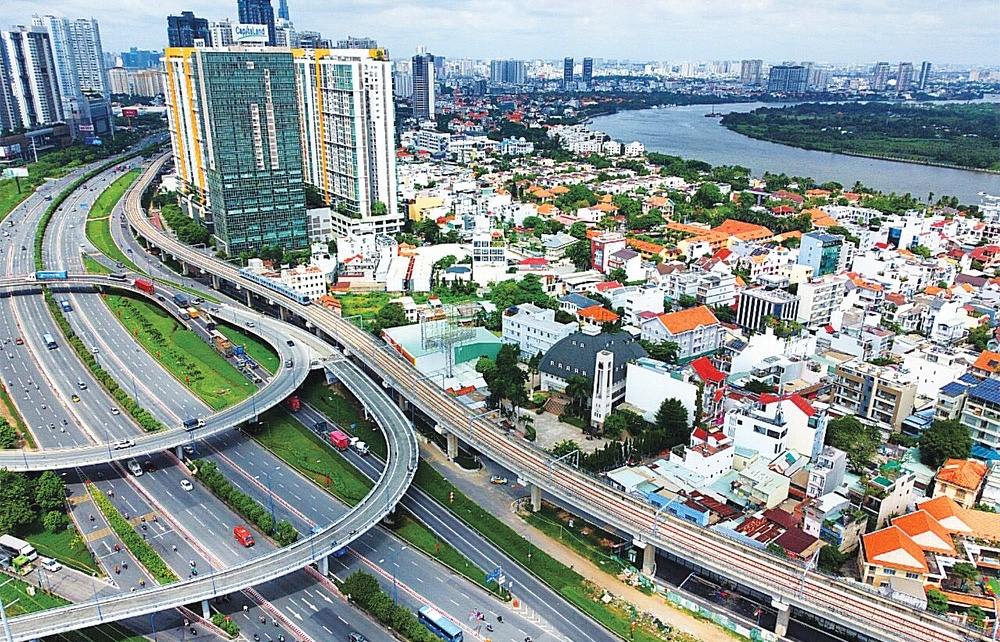
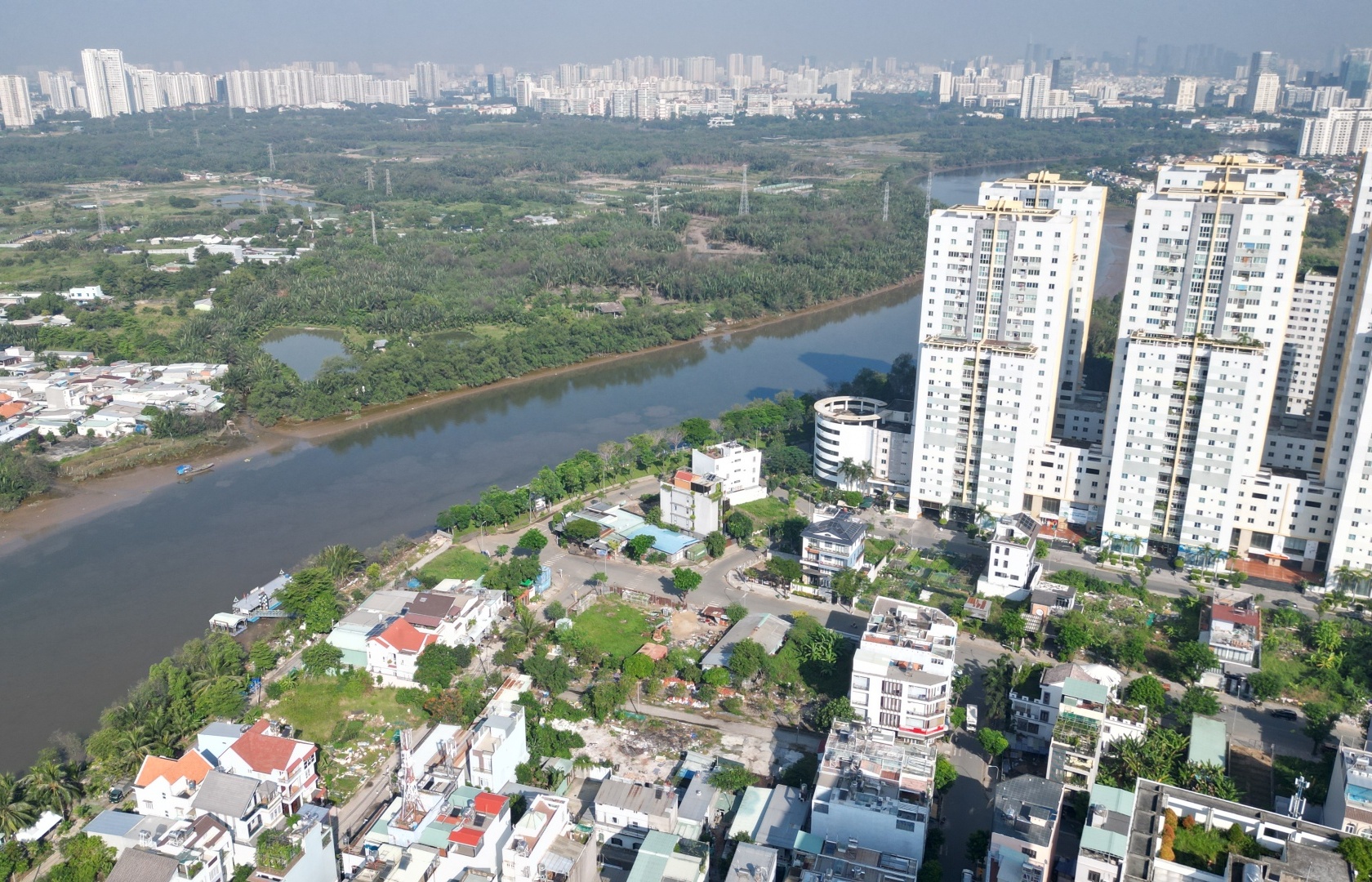

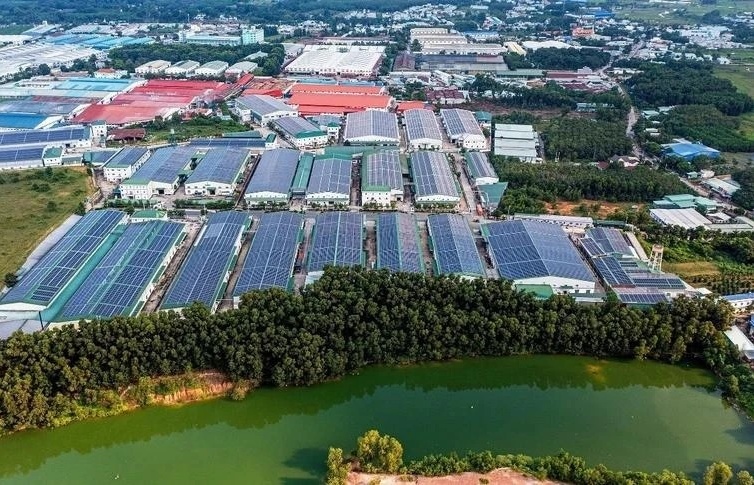
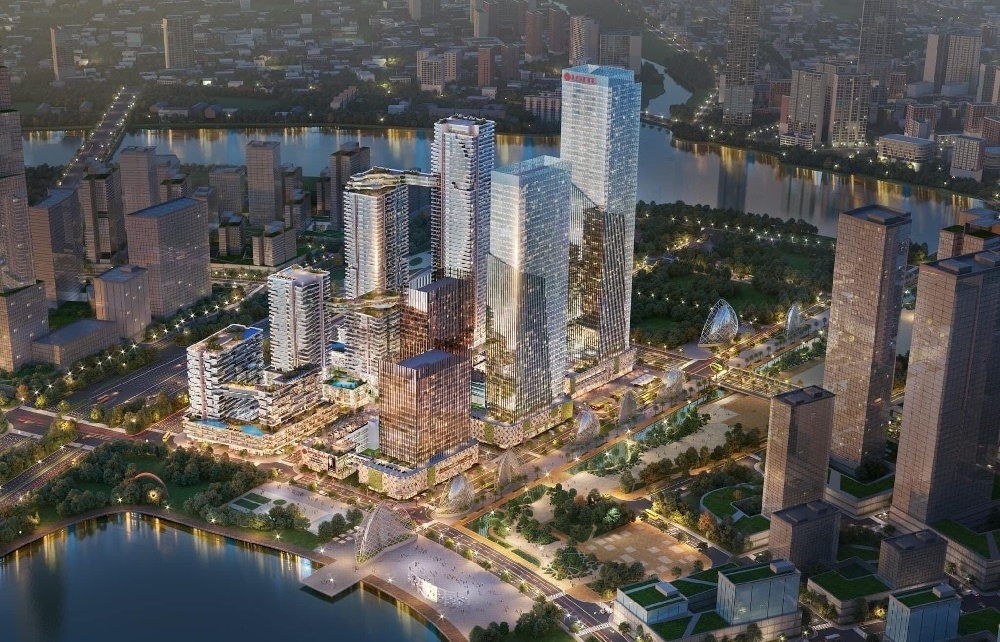

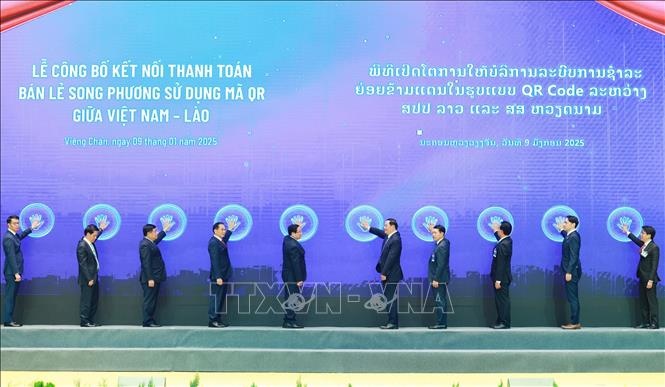



 Mobile Version
Mobile Version